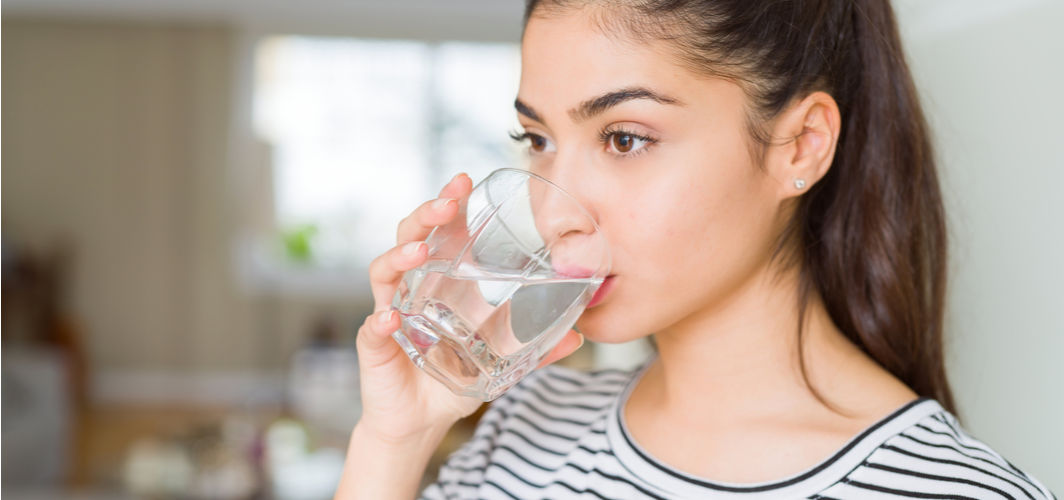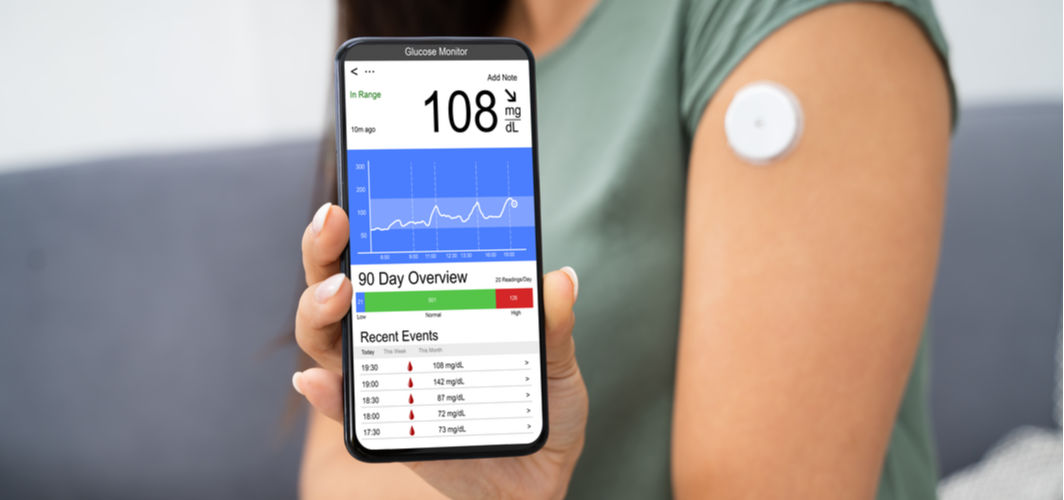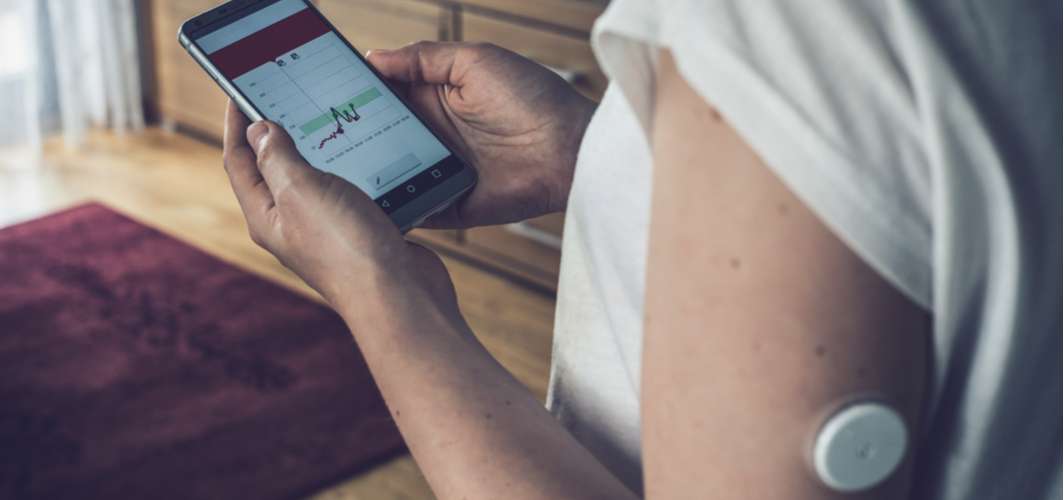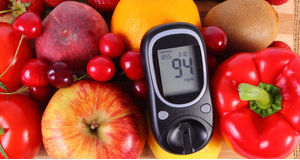Diabetes Management
Consuming Over 6 Teaspoons Of Sugar Daily Increases Your Risk For These Diseases
3 min read
By Apollo 24|7, Published on - 18 May 2023, Updated on - 04 September 2023
Share this article
0
1 like

Every food item we eat gets converted into glucose, a form of sugar. The human body requires glucose to perform all the minor to major functions, including digestion, blood circulation and even respiration (breathing). However, excessive consumption of sugary foods can cause this extra sugar to circulate in the bloodstream, resulting in numerous health problems. But how much sugar is too much? A recent study has discovered that consuming more than 6 teaspoons of sugar can have a severe impact on your health. In this article, we are going to discuss how added sugars can affect your body, the ways you can cut them down and their alternatives.
The Study
A review was recently conducted to evaluate the health outcomes of consuming dietary sugars. The review included 73 meta-analyses and over 8500 articles. A specific area of interest was the consumption of sugary beverages which are a major source of added sugar. The results of the study showed:
- Excessive consumption of sugary drinks leads to increased body weight.
- Drinking sugary beverages increases the risk of gout, coronary heart disease and all-cause mortality.
- Dietary sugar increases the risk of acquiring certain cancers including pancreatic, prostate and breast cancer.
- Consuming added sugar also leads to poor cardiovascular outcomes including hypertension, coronary heart disease, heart attack and stroke.
How Do You Subtract Sugar From Your Diet?
Now that we know the health effects of added sugar, let’s know how to reduce its consumption. Two easy ways of subtracting sugar from your diet include:
1. Reading product labels
Reading food labels is an easy way of monitoring the compounds that your body would have to process once you consume the product. Look for ‘sugars’ or ‘added sugars’ mentioned on the labels. The total amount of sugar is often mentioned in grams. Watch out if the sugar content has been mentioned on a per-serving basis or the overall package. For eg. if the product has 5g of sugar per serving then 4 servings of it can easily amount to 20g of sugar. Here are the types of sugar that you should look out for:
- Molasses
- Corn syrup
- Invert sugar
- Malt sugar
- Fruit juice concentrates
- Corn sweetener
- Sugar syrup molecules ending in ‘ose’ such as fructose, lactose, sucrose etc.
2. Switch to alternatives
There are plenty of alternatives to refined sugar that would give you the exact sweetness without any health complications. Some of the most popular sugar substitutes include:
- Raw honey
- Dates
- Banana puree
- Monk fruit
Fruits are also a healthy source of glucose and can provide your body with added nutrients. However, one must remember, sugar (in any form) must be consumed in moderation.
Reducing the consumption of added sugars to the minimum and replacing them with natural substitutes can help reduce your risk of developing the aforementioned health issues. For more information,
Consult An Apollo Diabetologist
Medically reviewed by Dr Sonia Bhatt.
Diabetes Management
Consult Top Diabetologists
View AllLeave Comment
Recommended for you

Diabetes Management
Diabetes and Skin problems: Keep Them at Bay
People with diabetes may experience various skin problems, like darkening of the skin (acanthosis nigricans) in areas like the neck, armpits, and groin; painless patches on the skin (diabetic dermopathy) typically found on the legs; and stiffening of the digits (digital sclerosis) affecting the fingers, toes, and hands. To keep these skin problems at bay, maintain good blood sugar control, practice proper hygiene, moisturize skin regularly, avoid scratching or picking at skin, wear breathable fabrics, and protect skin from excessive sun exposure.

Diabetes Management
Continuous Glucose Monitoring: How Does it Help?
CGM is a device that helps individuals with diabetes track their glucose levels continuously. A tiny sensor is inserted under the skin to measure glucose in the interstitial fluid. It helps individuals monitor glucose levels throughout the day and night, thereby allowing them to improve their HbA1c levels, reduce hypoglycemia events, and assess the impact of diet and exercise on glucose levels.

Diabetes Management
Somogyi Effect: What Does That Early Morning Blood Sugar Spike Mean?
The Somogyi effect refers to a phenomenon where blood sugar levels drop too low during the night, triggering a compensatory release of hormones that raise blood sugar levels. This can lead to a serious blood sugar spike in the early morning. Some of the symptoms are night sweats, nightmares, evening weakness, and unexplained high morning blood sugar levels.
Subscribe
Sign up for our free Health Library Daily Newsletter
Get doctor-approved health tips, news, and more.
Visual Stories

8 Fruits That are Incredibly Healthy for Diabetes
Tap to continue exploring
Recommended for you

Diabetes Management
Diabetes and Skin problems: Keep Them at Bay
People with diabetes may experience various skin problems, like darkening of the skin (acanthosis nigricans) in areas like the neck, armpits, and groin; painless patches on the skin (diabetic dermopathy) typically found on the legs; and stiffening of the digits (digital sclerosis) affecting the fingers, toes, and hands. To keep these skin problems at bay, maintain good blood sugar control, practice proper hygiene, moisturize skin regularly, avoid scratching or picking at skin, wear breathable fabrics, and protect skin from excessive sun exposure.

Diabetes Management
Continuous Glucose Monitoring: How Does it Help?
CGM is a device that helps individuals with diabetes track their glucose levels continuously. A tiny sensor is inserted under the skin to measure glucose in the interstitial fluid. It helps individuals monitor glucose levels throughout the day and night, thereby allowing them to improve their HbA1c levels, reduce hypoglycemia events, and assess the impact of diet and exercise on glucose levels.

Diabetes Management
Somogyi Effect: What Does That Early Morning Blood Sugar Spike Mean?
The Somogyi effect refers to a phenomenon where blood sugar levels drop too low during the night, triggering a compensatory release of hormones that raise blood sugar levels. This can lead to a serious blood sugar spike in the early morning. Some of the symptoms are night sweats, nightmares, evening weakness, and unexplained high morning blood sugar levels.
